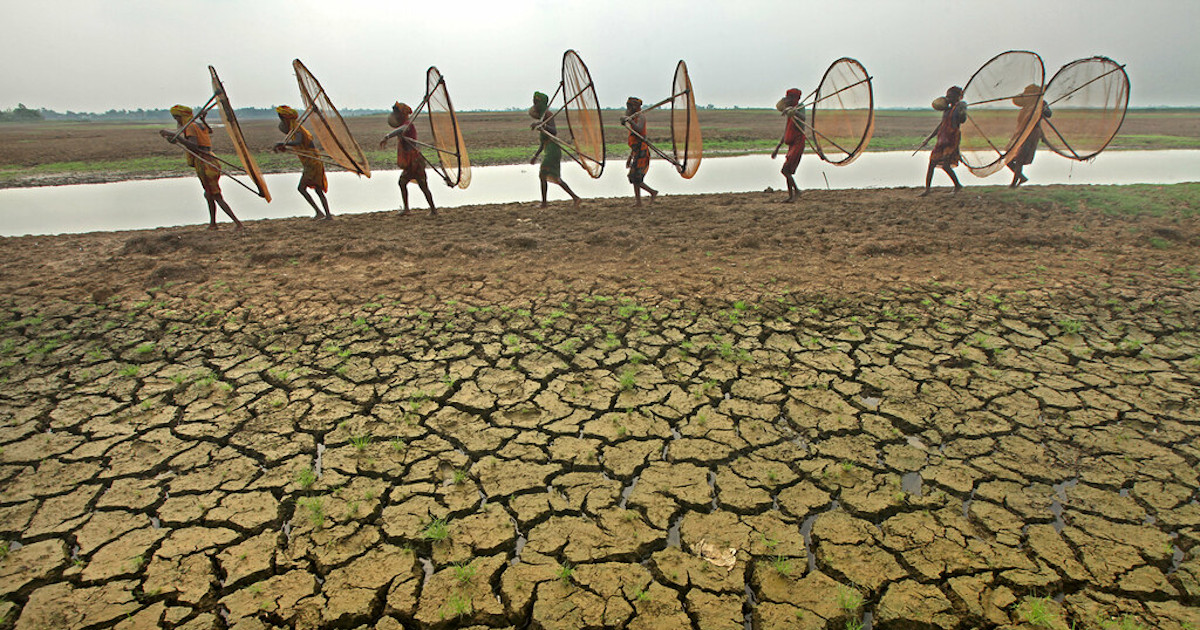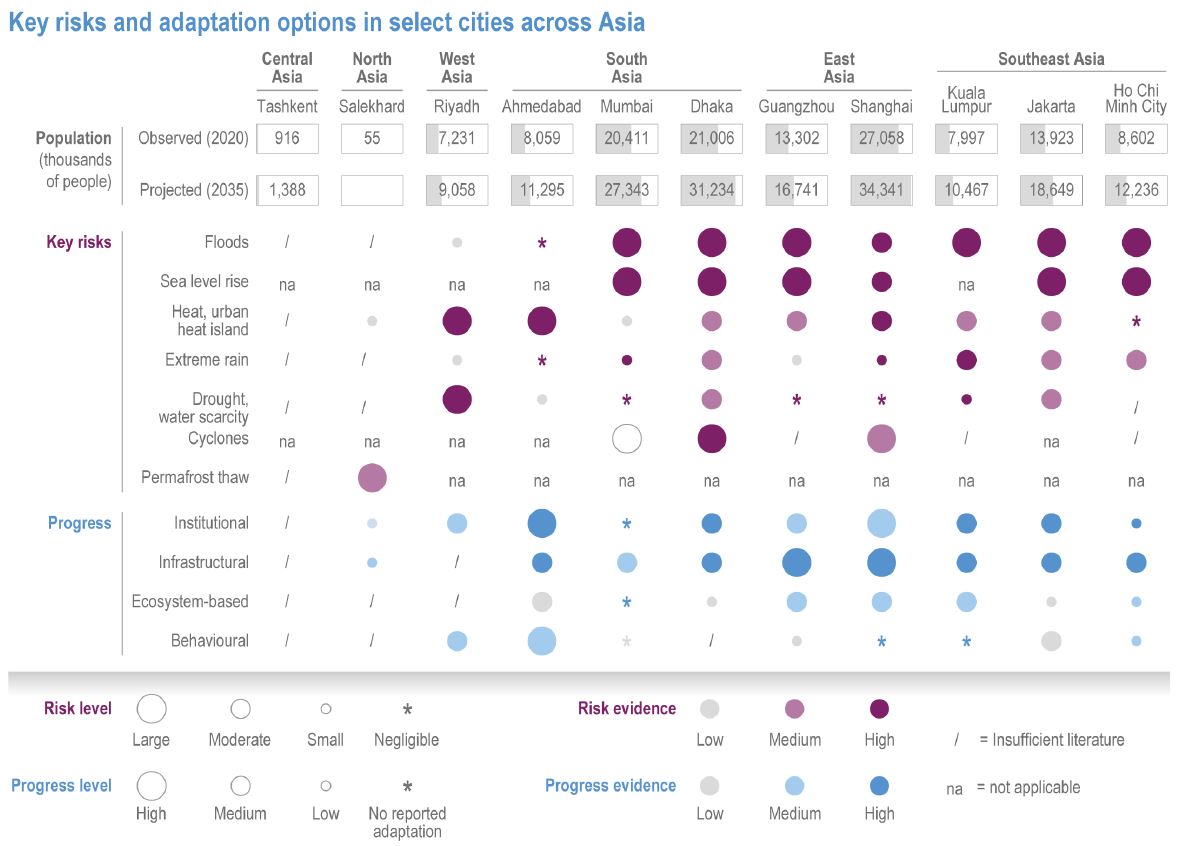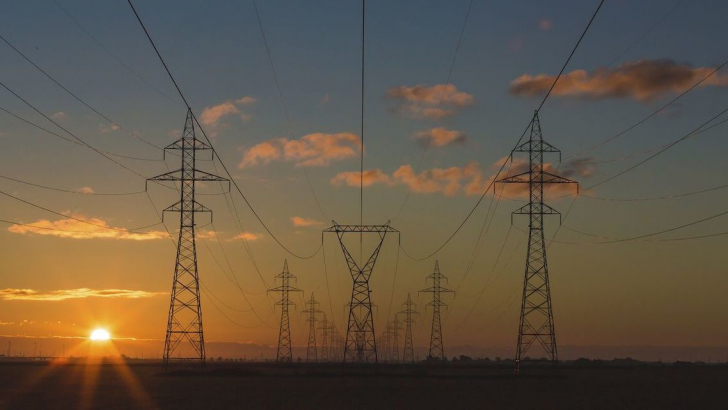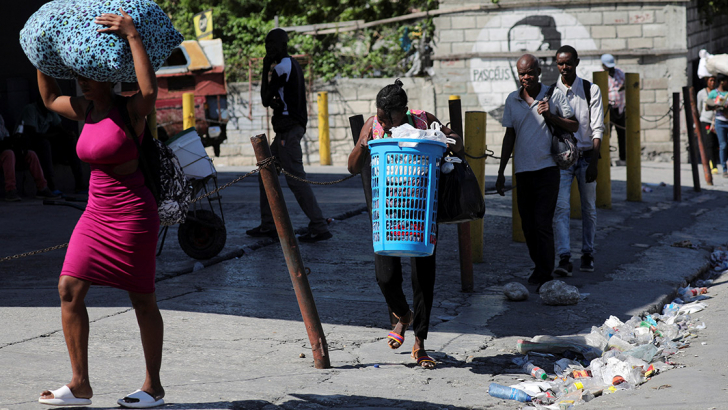
Asia, alongside Europe and North America, is responsible for about one-third of the greenhouse gas emissions in the atmosphere from the pre-industrial era to the present. However, the majority of Asia’s emissions are much more recent than those from Europe and North America, which began with the industrial revolutions. China alone is responsible for nearly 13% of all emissions ever produced, and in recent years, China has accounted for almost one-third of annual global emissions.
Today, the impacts of global warming are also being felt in Asia, as the Working Group 2 of the IPCC (Intergovernmental Panel on Climate Change) stated in a report published in February 2022, which focuses on the vulnerabilities and adaptive capacities of ecosystems and human societies in the face on climate change.
The rise in temperatures is probably responsible for the increased threats posed by heatwaves across Asia, droughts in the arid and semi-arid areas of Western, Southern, and Central Asia, floods in the monsoon regions of the southeast, and melting glaciers in mountainous areas such as the Himalayas.
Ecosystems
In some regions of the continent, the loss of biodiversity and habitats for plants and animals has already been linked to climate change. Future impacts are expected to cause further losses, some of which may be irreversible, such as those affecting coral reefs, salt marshes, seagrass beds, plankton communities, and coastal ecosystems, especially if global warming exceeds 2°C.
Health
Climate change is accelerating the spread of vector- or water-borne diseases. Malnutrition, psychological disorders, and allergic diseases are also on the rise in Asia due to heatwaves, floods, droughts, and air pollution. High temperatures not only lead to an increase in overall mortality but also lead to increased incidence of circulatory, respiratory, and diabetic disorders, as well as infectious diseases and child mortality. Heavy rainfall will also elevate the risk of diarrheal diseases, dengue, and malaria in tropical and sub-tropical areas.
Water
By mid-21st century, transboundary river basins such as the Amu Darya, Hindu, and Ganges could face sever water scarcity, with Asian countries potentially experiencing a drought increase ranging from 5% to 20% by the end of the century.
Cryosphere
Floods caused by the collapse of glacial lakes will hinder the safety of local communities in the highest peaks of Asian mountains. Observed changes have already accelerated the warming and thawing of permafrost (especially in anthropized areas). By 2050, 69% of infrastructure in the Arctic region may be at risk.
Food
More frequent floods and droughts, coupled with heat stress, will negatively impact food availability and food prices, leading to malnutrition in South and Southeast Asia.
Energy
Asian summers are becoming warmer, driving increased energy demand for cooling alongside rapid population growth. Decreased precipitation also affects energy demand, as does desalinisation, which requires intensified groundwater pumping and other energy-intensive practices. Out of 13 high-energy-consuming developing Asian countries, 11 face significant challenges in energetic and industrial security.
Cities and settlements
Climate change has already damaged infrastructure, disrupted services and supply chains, and it will continue to do so. However, it also presents an opportunity to invest in climate-resilient infrastructure, creating new green jobs in the process.

Adaptation risks and options in Asian cities. AR6 WG2 IPCC
Migrations
Climate variability and extreme weather events are already causing migrations and are expected to increase them in the long term. There is no full consensus on the causes of migrations, but phenomena such as higher temperatures, droughts, sea-level rise, hurricanes, and floods are projected to increase migration. In 2019, Bangladesh, China, India, and the Philippines recorded over 4 million people displaced and victims of climate disasters. In Southeast and East Asia, hurricanes, floods, and typhoons forced nearly 10 million people to relocate in 2019, accounting for almost 30% of global displacements.
Obstacles to adaptation
Governments reluctant to act insufficient evidence on which measures should be prioritized, and financial deficits are among the factors hindering adaptation measures. However, some countries have the means to overcome these obstacles, such as advanced technologies for monitoring, assessment, and forecasting (sensors, artificial intelligence, and even citizen science).
Adaptation options
Asia offers promising opportunities for climate-resilient development, including smart agriculture, nature-based solutions for disaster risk reduction, investments in green and blue infrastructure. All governance levels must commit to implementing these strategies.
ALSO READ:
- IPCC: Nearly direct correlation between emissions and global warming
- IPCC: Impacts of climate change are not equal for everyone
- IPCC: The impacts of climate change on Africa
- IPCC: The impacts of climate change on Europe
- IPCC: The impact of climate change on small islands
- IPCC: The impacts of climate change on Asia
- IPCC: The impacts of climate change on Oceania
- IPCC: The impacts of climate change on Central and South America
- IPCC: The impacts of climate change on North America
- IPCC: The impacts of climate change on human settlements
- IPCC Synthesis Report: every fraction of a degree matters




